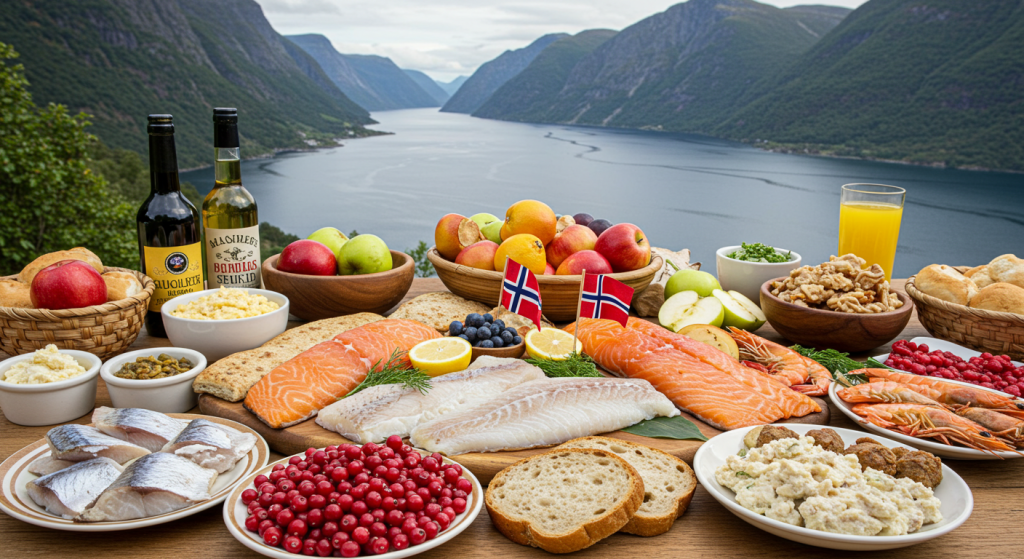
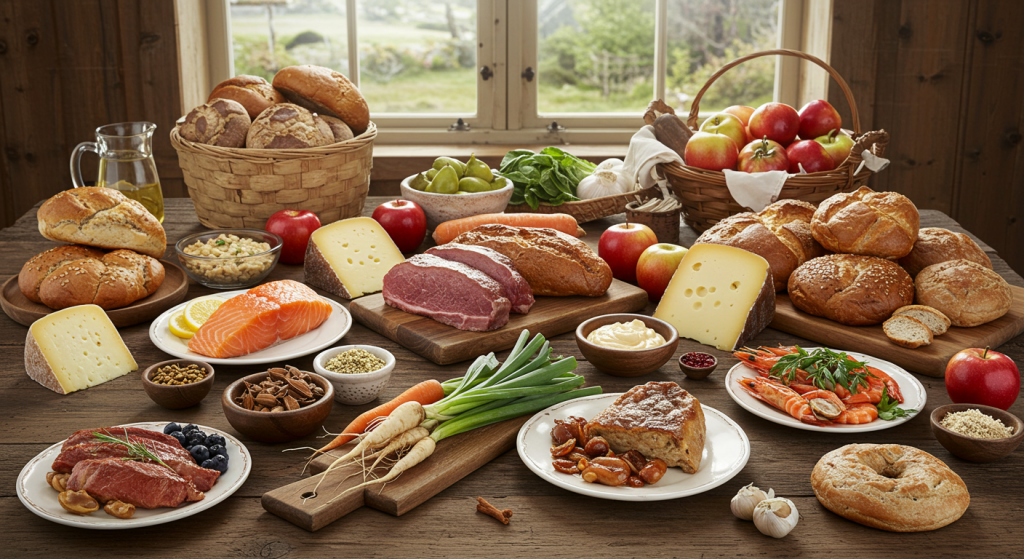
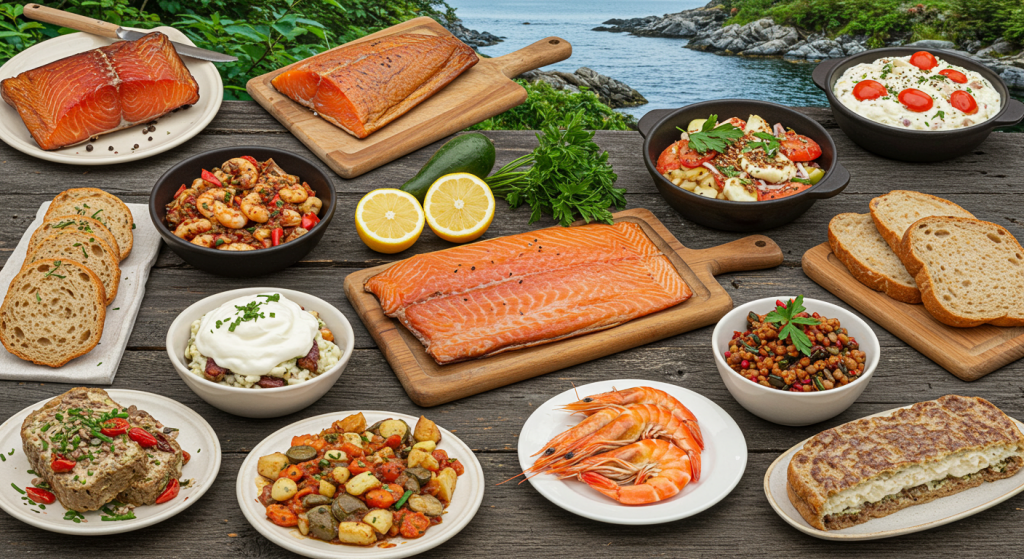
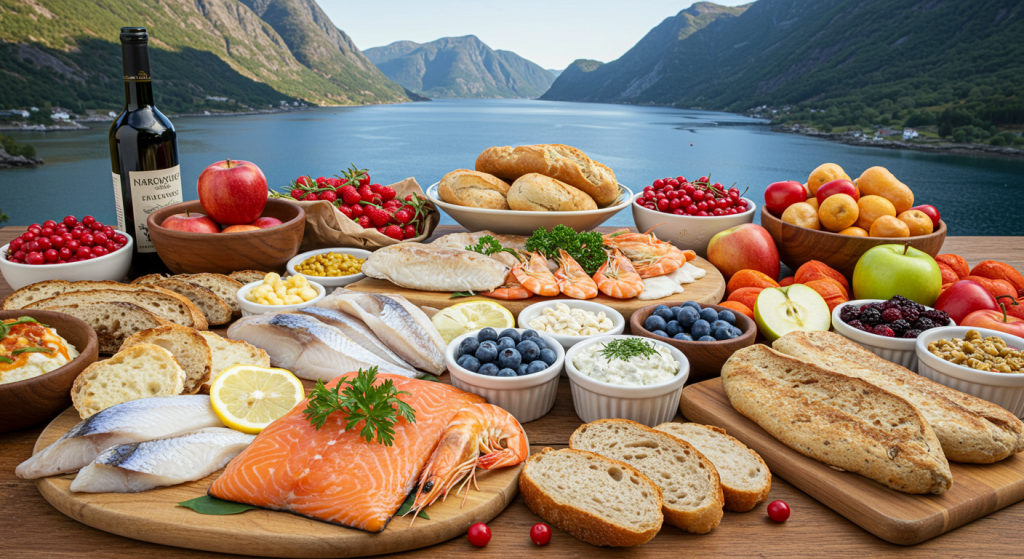
Norway, known for its stunning fjords and breathtaking landscapes, is also home to a rich culinary tradition that reflects its unique geography and cultural history. The country’s food scene is a celebration of natural ingredients, seasonality, and traditional cooking methods. As we delve into the heart of Norwegian cuisine, we’ll explore some key ingredients, traditional dishes, and the importance of sustainability in food practices.
Key Ingredients of Norwegian Cuisine
Norwegian cuisine boasts an array of fresh and vibrant ingredients derived from both land and sea. The coastlines, dotted with fishing villages, provide an endless supply of seafood, making fish a staple in Norwegian diets. Cod, salmon, herring, and mackerel are especially popular, often enjoyed cured, smoked, or grilled. Fishing is not just a profession; it is interwoven with Norway’s cultural identity, with traditional practices passed down through generations.
Meat also plays an important role in Norwegian cuisine. Lamb and reindeer are commonly used in various dishes, reflecting the country’s rural landscapes. Pork is another favored option, often prepared as streaky bacon or sausages. Along with these proteins, Norway’s fertile farmlands yield an abundance of root vegetables and grains, including potatoes, carrots, barley, and rye, which provide a hearty complement to the seafood and meats found in traditional meals.
Traditional Norwegian Dishes
One cannot speak of Norwegian food without mentioning lutefisk, a dish made from dried fish that has been soaked in a lye solution before being rehydrated. Though it may sound daunting, lutefisk holds a special place during the holiday season and is often served with potatoes and white sauce.
Fårikål (mutton and cabbage stew) is considered Norway’s national dish. Simple yet flavorful, this dish is made by layering mutton and cabbage in a pot, seasoned with peppercorns, and slow-cooking until tender. It perfectly captures the essence of Norwegian home cooking: comforting, rustic, and fulfilling.
Another iconic dish is rakfisk, a fermented fish, typically trout, that is cured with a salt brine and stored for months. Served with flatbread and sour cream, rakfisk is a true delicacy—an acquired taste that celebrates Norway’s fishing heritage.
Kjøttkaker, or meatballs, are another beloved treat. Traditionally made with a mixture of ground beef and pork, these meatballs are often served with brown gravy, potatoes, and a side of lingonberry jam—an example of how sweet and savory flavors combine to create a satisfying meal.
The Importance of Sustainability
In recent years, Norwegians have placed increasing emphasis on sustainable food practices. The connection to the land and sea is deeply ingrained in their culinary philosophy, leading to a resurgence in using local and seasonal ingredients. Ethical fishing, organic farming, and foraging for wild herbs and mushrooms are popular practices that help preserve Norway’s pristine environment while enriching the palate.
Farm-to-table restaurants are gaining popularity across the nation, where chefs create innovative menus showcasing seasonal produce and responsibly sourced seafood. This approach not only nourishes the body but also respects the natural cycles of production.
Conclusion
Norwegian food is more than just sustenance; it is a celebration of the country’s natural bounty, traditions, and values. Whether you’re savoring traditional dishes or exploring modern interpretations, the flavors of Norway offer a rich tapestry that is sure to delight any food lover’s palate. As you embark on your culinary journey through Norway, embrace the freshness, simplicity, and sustainability that define this Nordic paradise’s gastronomy.
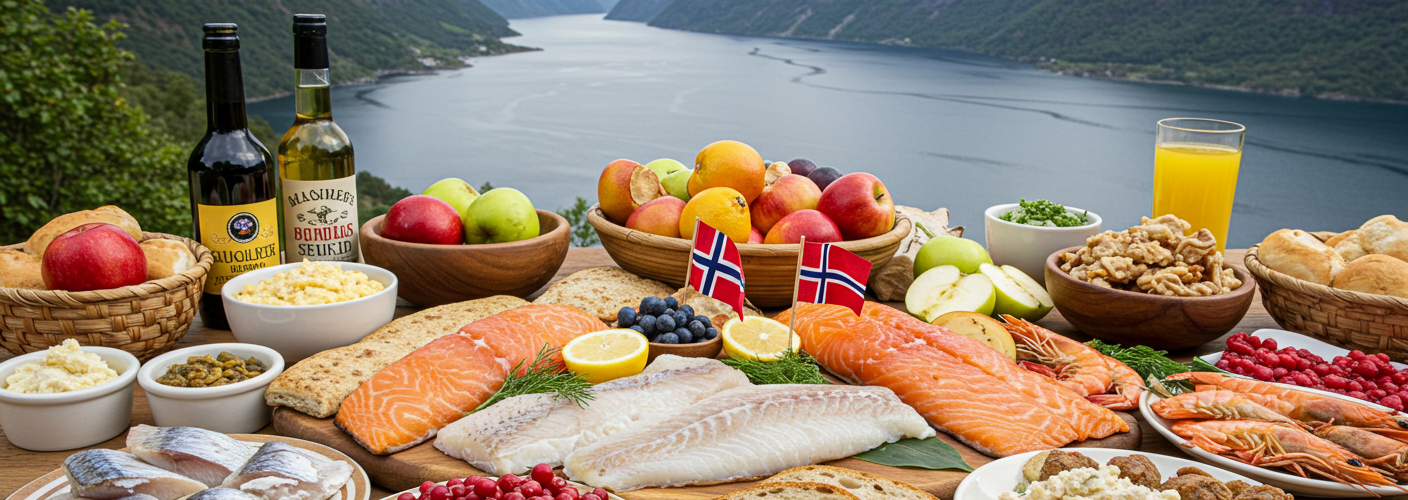



Add comment